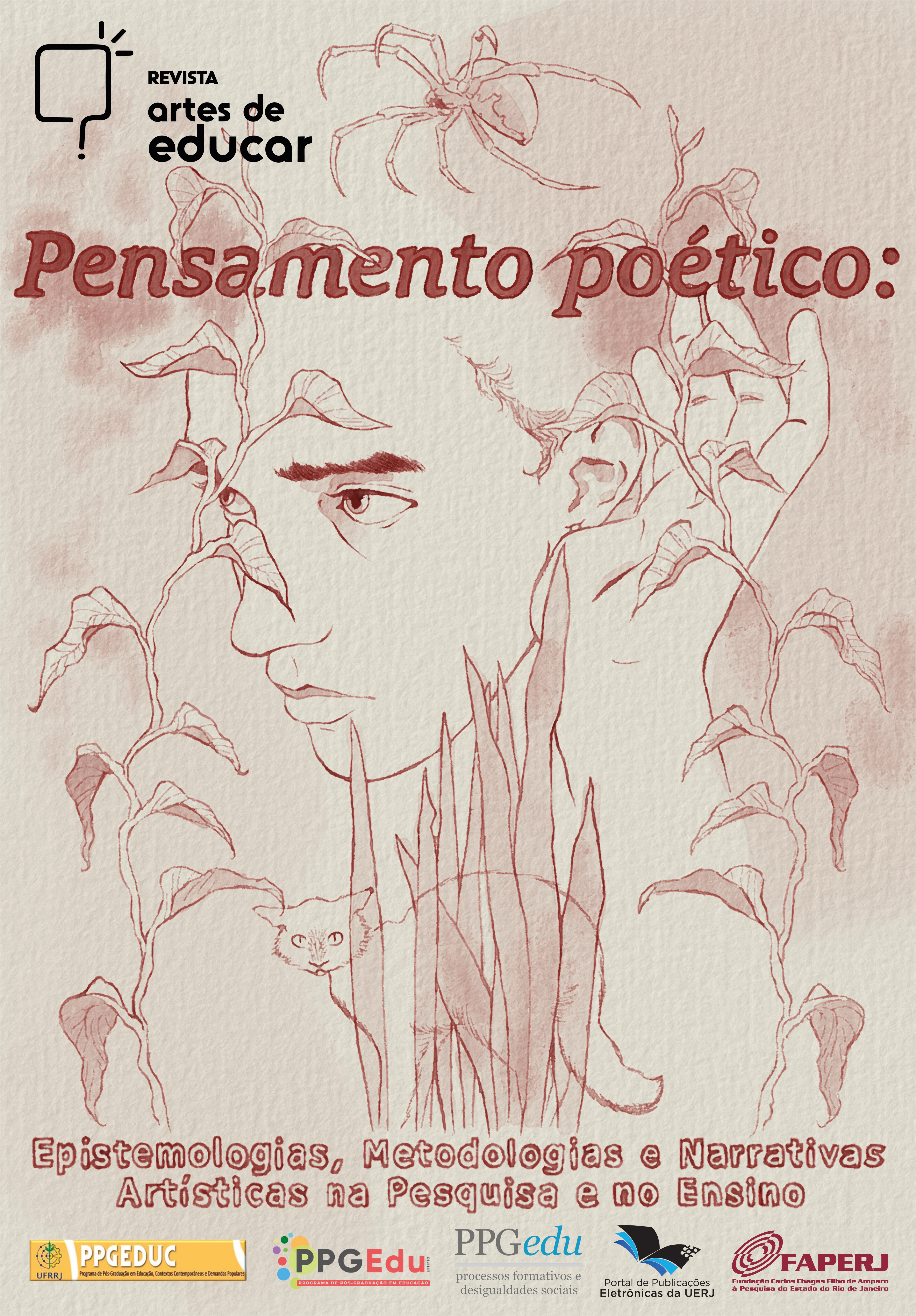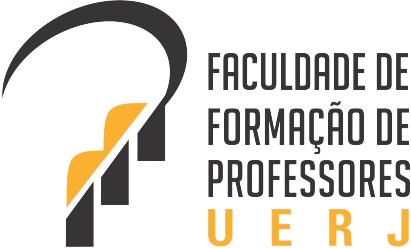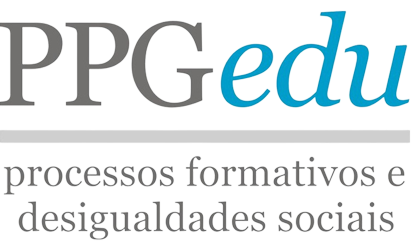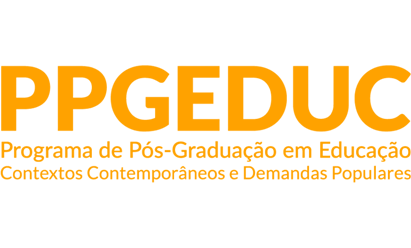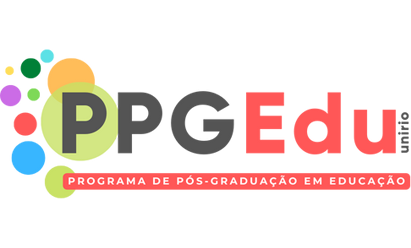Where images burn: for more inventive experiments and artistage in early education
DOI:
https://doi.org/10.12957/riae.2024.83832Keywords:
image, curriculum, inventiveness, artwork, Child educationAbstract
The article records the research movement carried out in a Municipal Early Childhood Education Center (CMEI) in the city of Vitória, capital of Espírito Santo, Brazil, regarding the affects and power of images in everyday school life. It uses cartography as a methodology to monitor processes using open maps, blurring images designed for Early Childhood Education and thereby creating and affirming new images of curricula, childhood, learning and artistry, along with babies, children and teaching. The argument highlights the strength of nomadic images and artistic signs to break representation-images. The text highlights the importance of understanding images as thoughtful and relational expressions, capable of provoking powerful affects. It concludes with the opening of possibilities with an invitation to "spring of life" in Early Childhood Education, promoting playful, vibrant and intensive curricula. It proposes to be affected by images as a living power, which moves thought, encouraging us to think about Early Childhood Education as a territory of inventive experiments, far from pre-established and stereotyped standards.
Downloads
Published
How to Cite
Issue
Section
License
Copyright (c) 2024 Fernanda Binda Alves Touret, Sandra Kretli da Silva

This work is licensed under a Creative Commons Attribution-NonCommercial 4.0 International License.
Authors retain copyright to their work, are permitted to publish and distribute their work online (e.g., in institutional repositories or on their personal page) at any point before or during the editorial process, as this may generate productive changes, as well as increasing the impact and citation of published work.
The acceptance of the text implies the authorization and exclusivity of the Revista Interinstitucional Artes de Educar regarding the right of first publication, the published works are simultaneously licensed with a Creative Commons Attribution-Non Commercial 4.0 International License 

